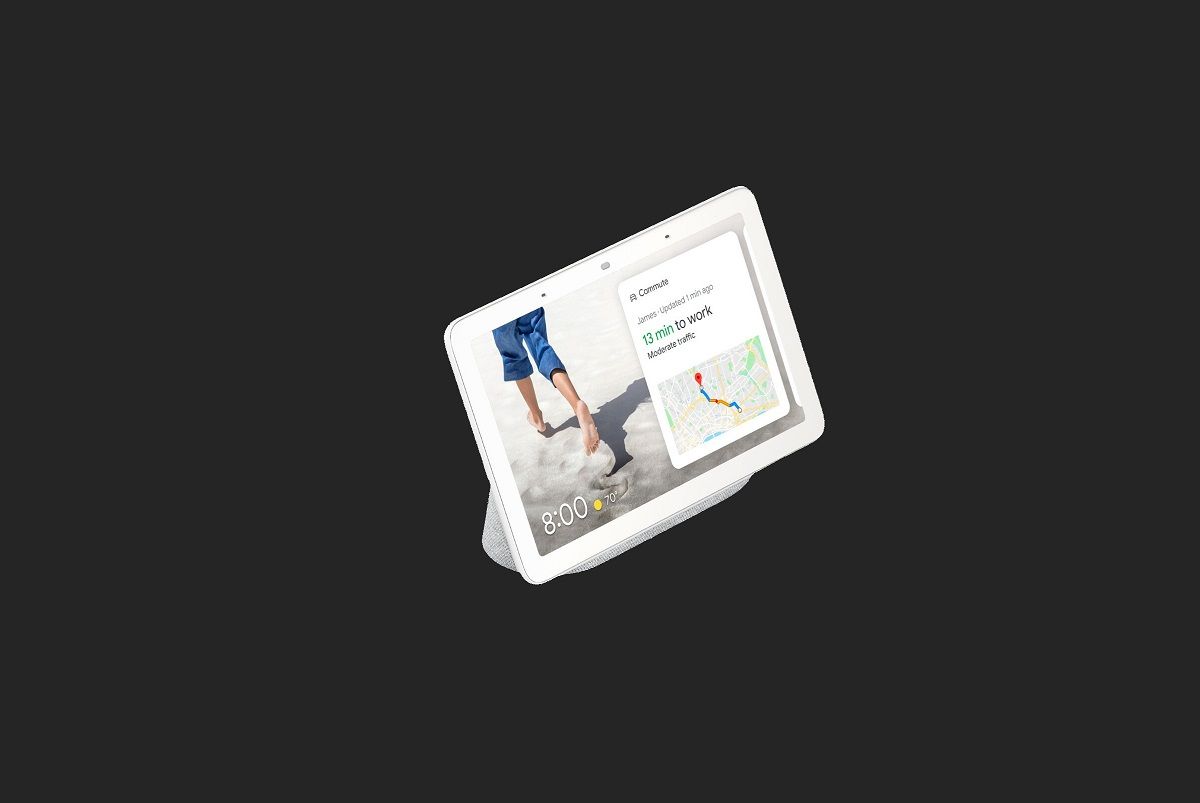So, remember Soli? Yeah, I'm talking about those radar sensors that came with the Pixel 4 to let you sort-of control your phone using hand gestures. The Soli motion gestures on the Pixel 4 were very different from what we expected as they mostly just let you wave at your phone to skip a song, so Google didn't add the requisite hardware on the Pixel 5. It never made much sense to have these gestures on a smartphone in the first place, after all. Fortunately, it looks like Google hasn't given up on the idea behind Soli, and it looks like the upcoming version of the Nest Hub smart display may end up having a Soli radar.
A recent FCC certification filing (via Android Police) suggests that Google is working on some kind of "interactive device" with a display, which leads us to believe it could be a new smart display from the company. More importantly, the listing reveals that it will support for ~60GHz frequencies used by Google's Soli radars. Now, before you pick up your pitchforks, consider why it actually makes sense for Google to bring back this dead feature. For starters, air gestures actually make way more sense in something like a smart home device rather than a smartphone, since smart home gadgets are typically not something that you need to carry in your pocket or in your backpack. Instead, a smart display like the Nest Hub actually stands on your table in a fixed position somewhere in your house. Google repurposing the technology for use in a Nest Hub makes more sense if the sensor they pack is much larger than the one in the Pixel 4, as you will theoretically be able to control the device without actually having to touch the screen. That will especially be useful in the kitchen where your hands might be full or dirty.
One of the documents suggests this Google-made device has a 14V wired power supply, which would make sense for something like a Google Home product. Image credits: Android Police
It's also possible that Google will limit the use of the Soli radar for mere presence detection, as seen in the new Nest Thermostat. That would be disappointing since presence detection is not the kind of sophisticated use case we're hoping to see from Soli, but there are genuine uses of presence sensing for smart displays. For example, Google has been testing a presence-based invocation of Google Assistant on the Nest Hub Max, and we could see this feature make its debut on the new Nest Hub product. Assuming it exists, of course.
What else do we know about this device? Its model name is "A4R-G4CVZ" according to the confidentiality request that was submitted to the FCC (which means that sadly we don't have any product photos or any other key information). The title of one of the documents mention that it has Zigbee support, which is a strong hint that this is a smart home device of some sort. However, we can't truly be sure that it's a smart display until more information is revealed.
Featured image: the Google Nest Hub


